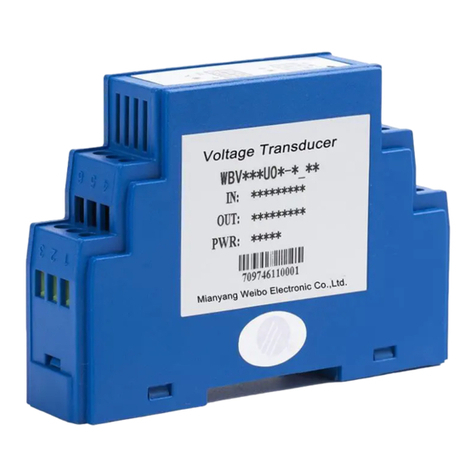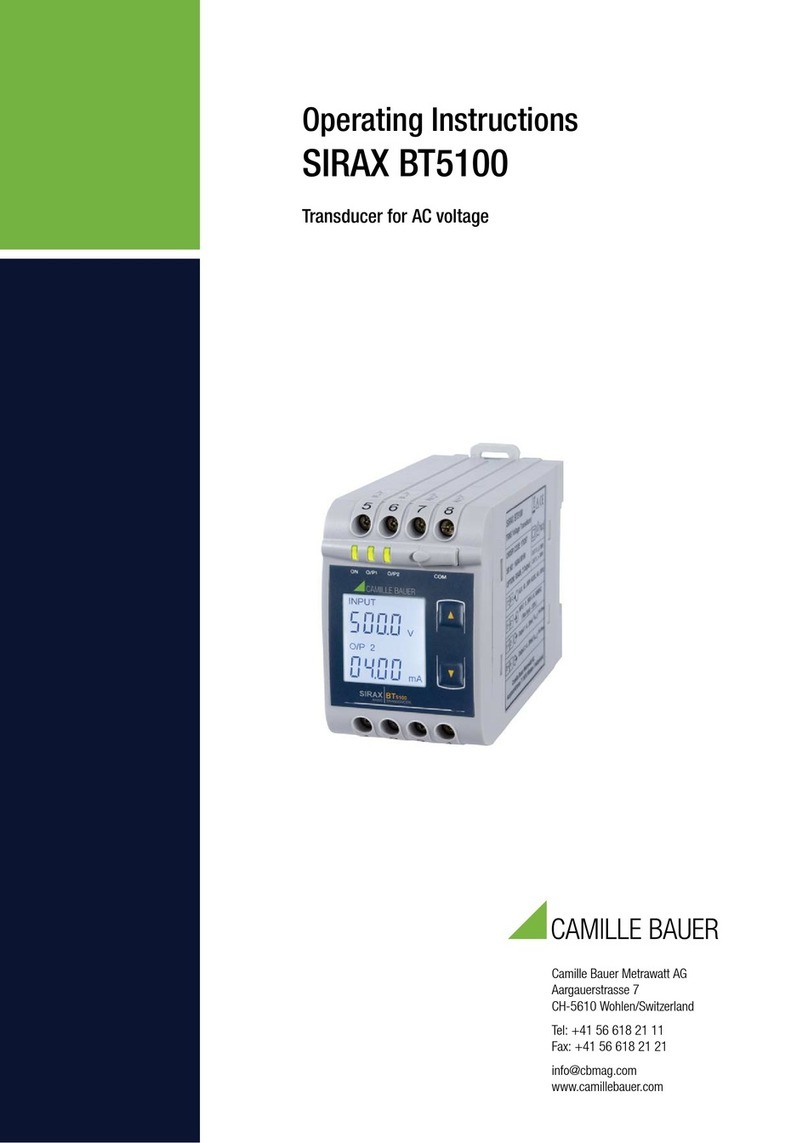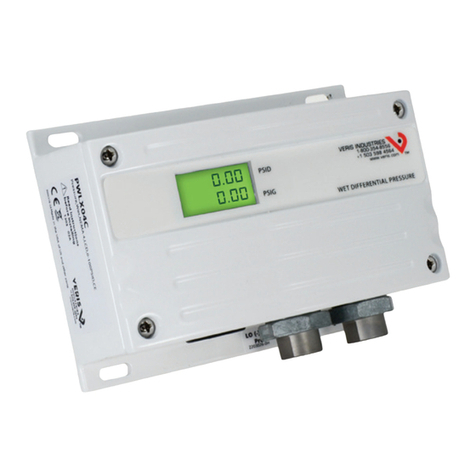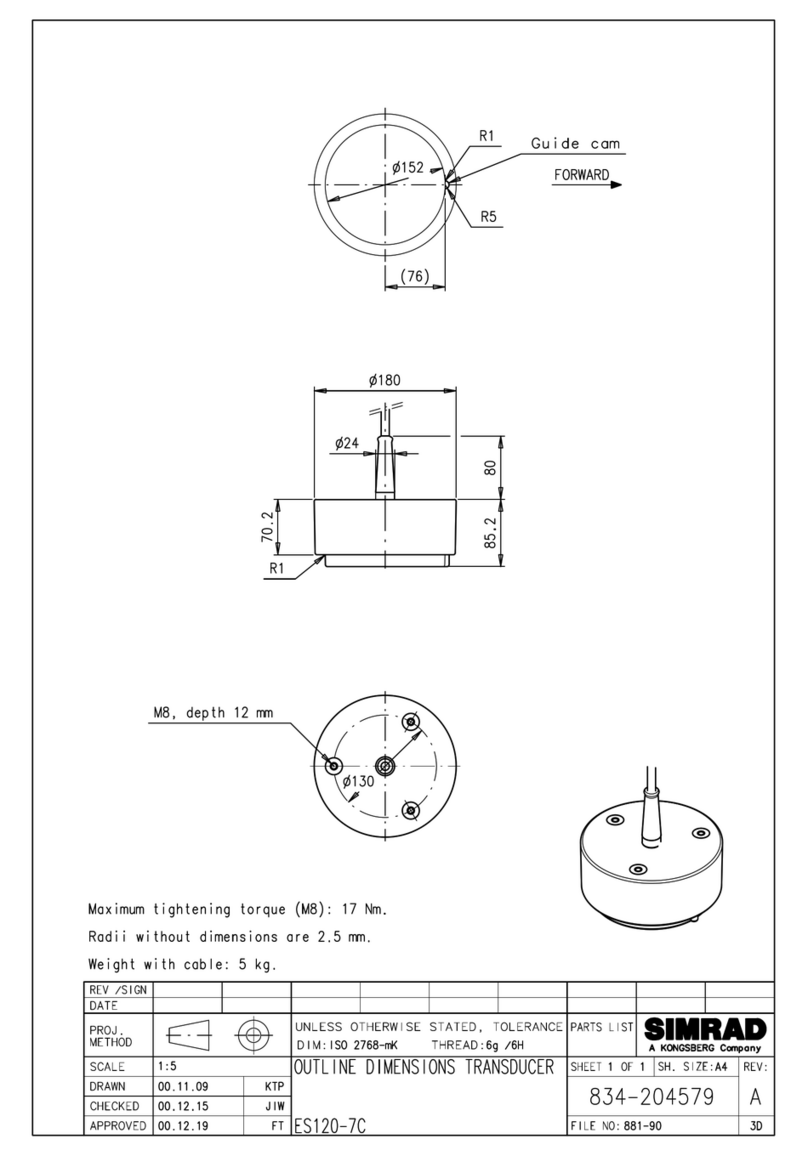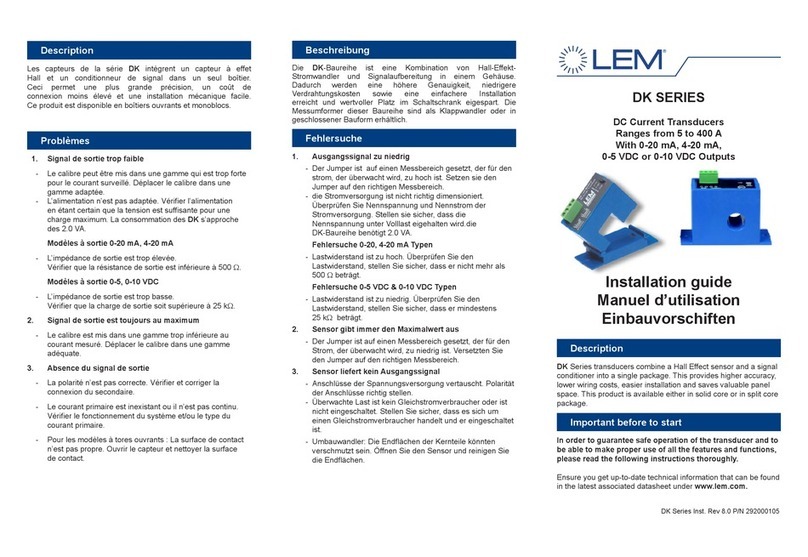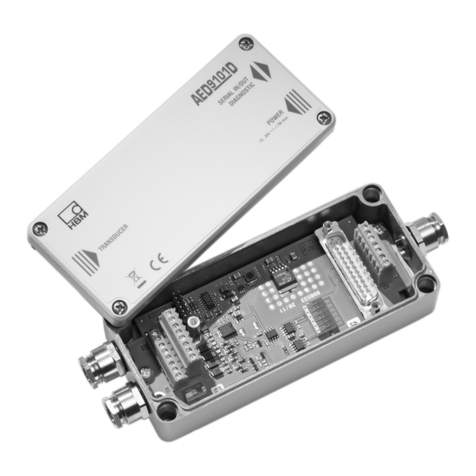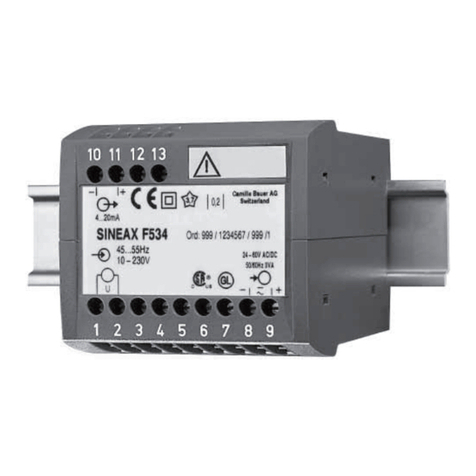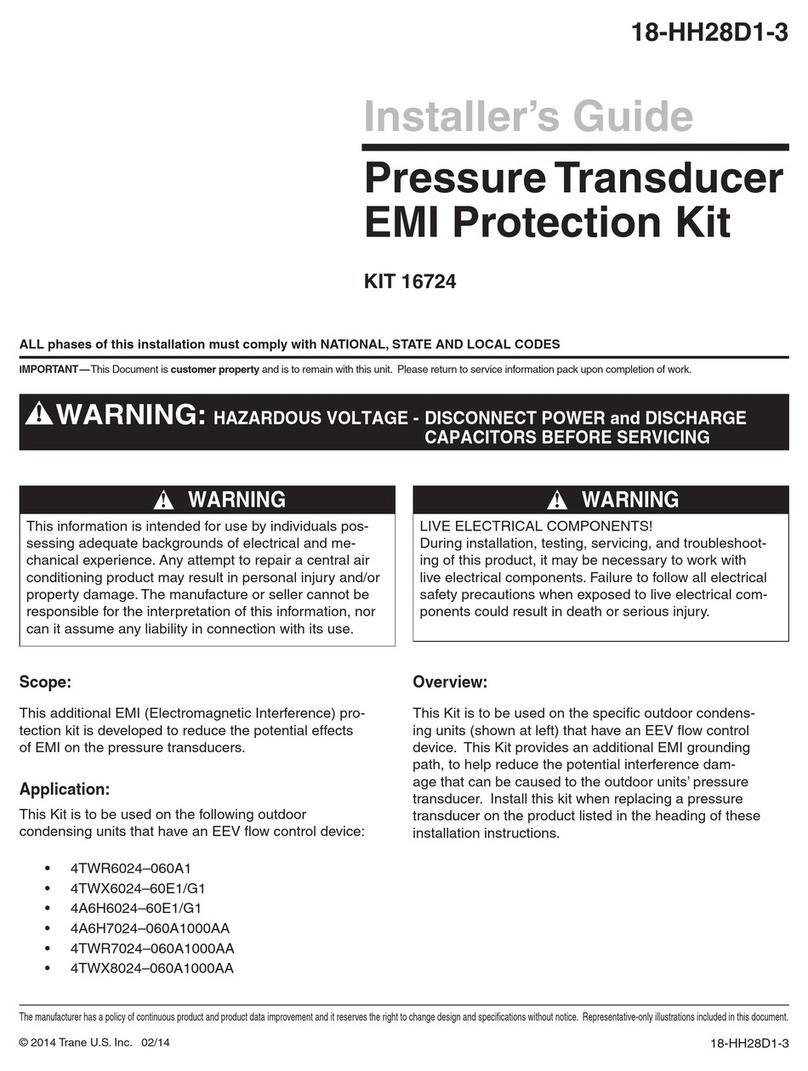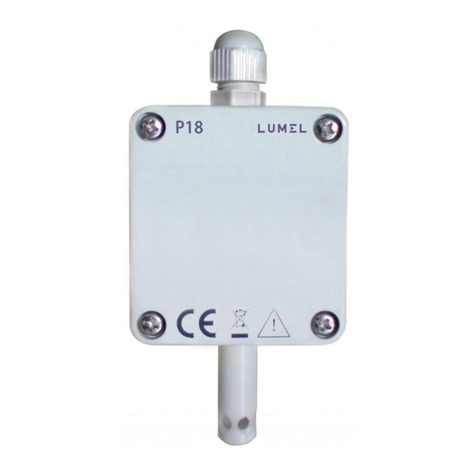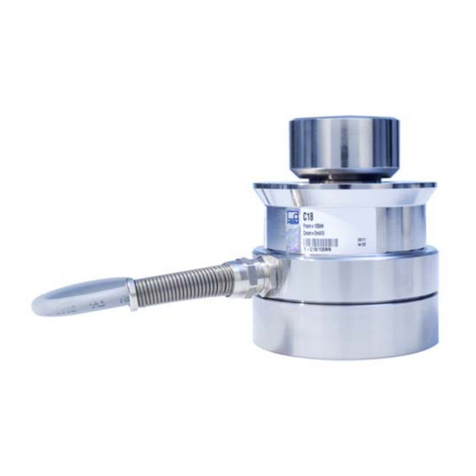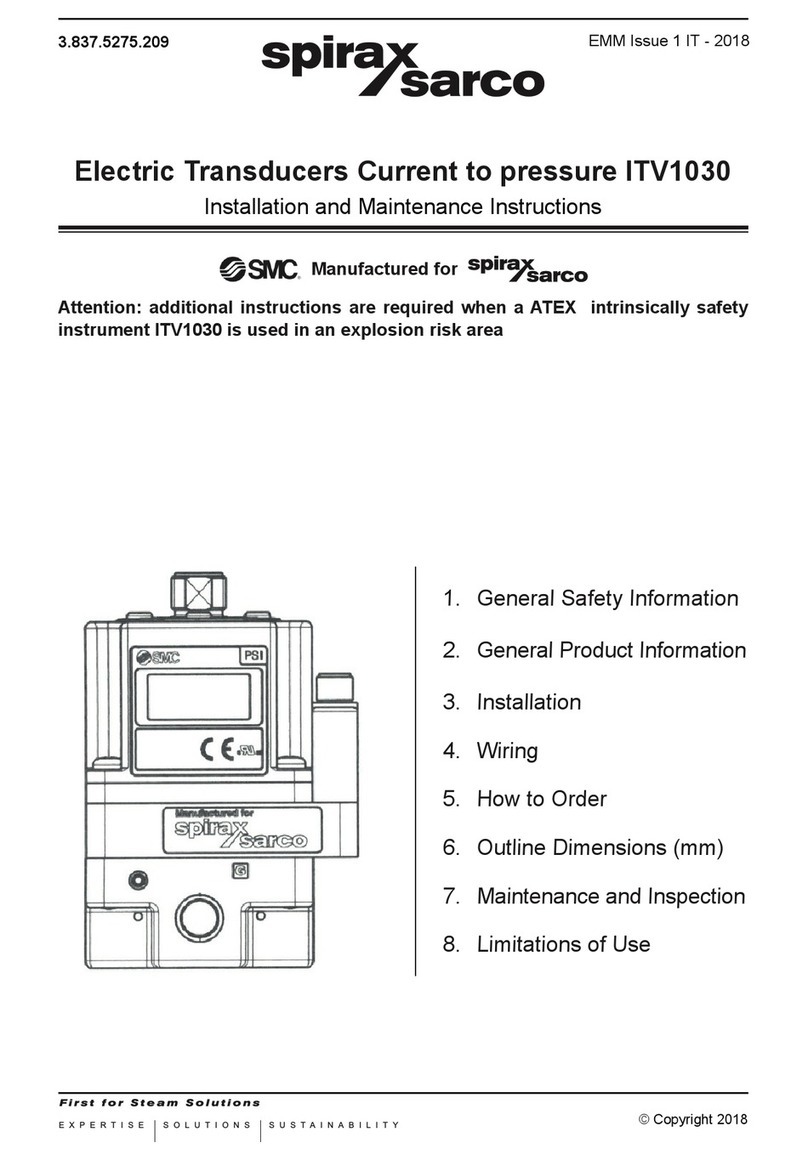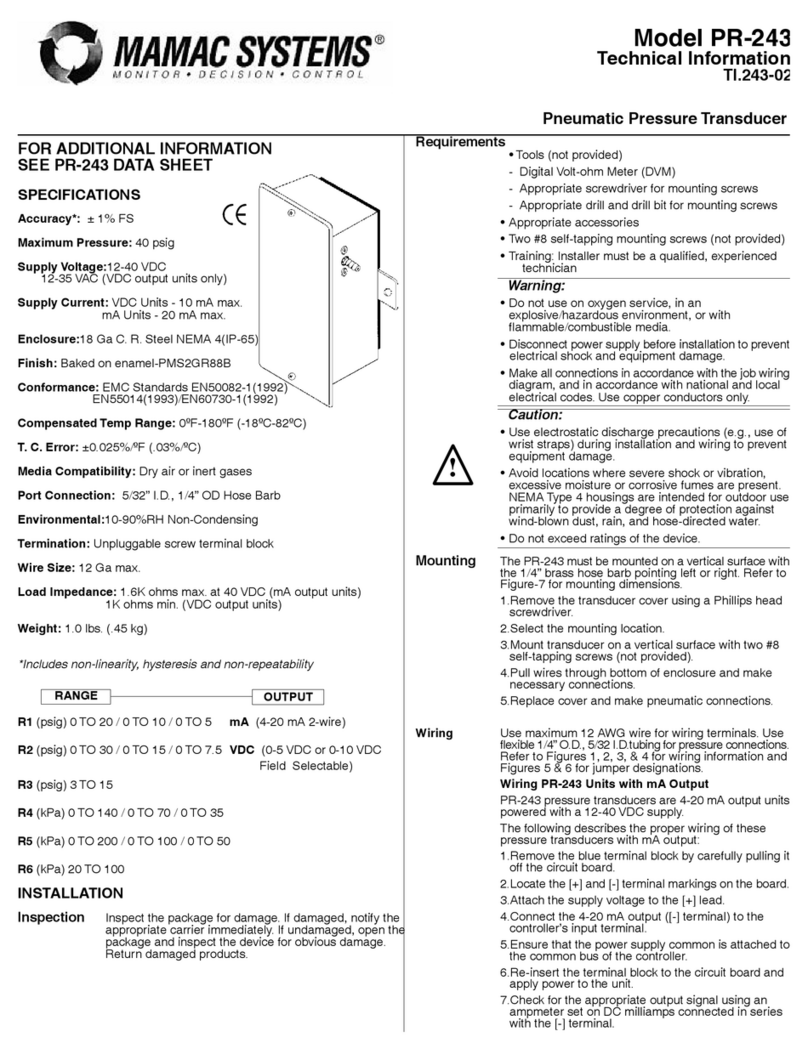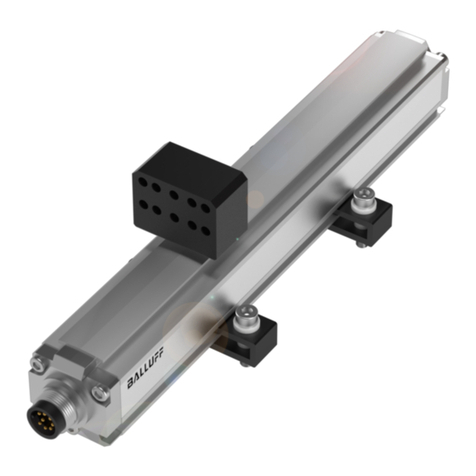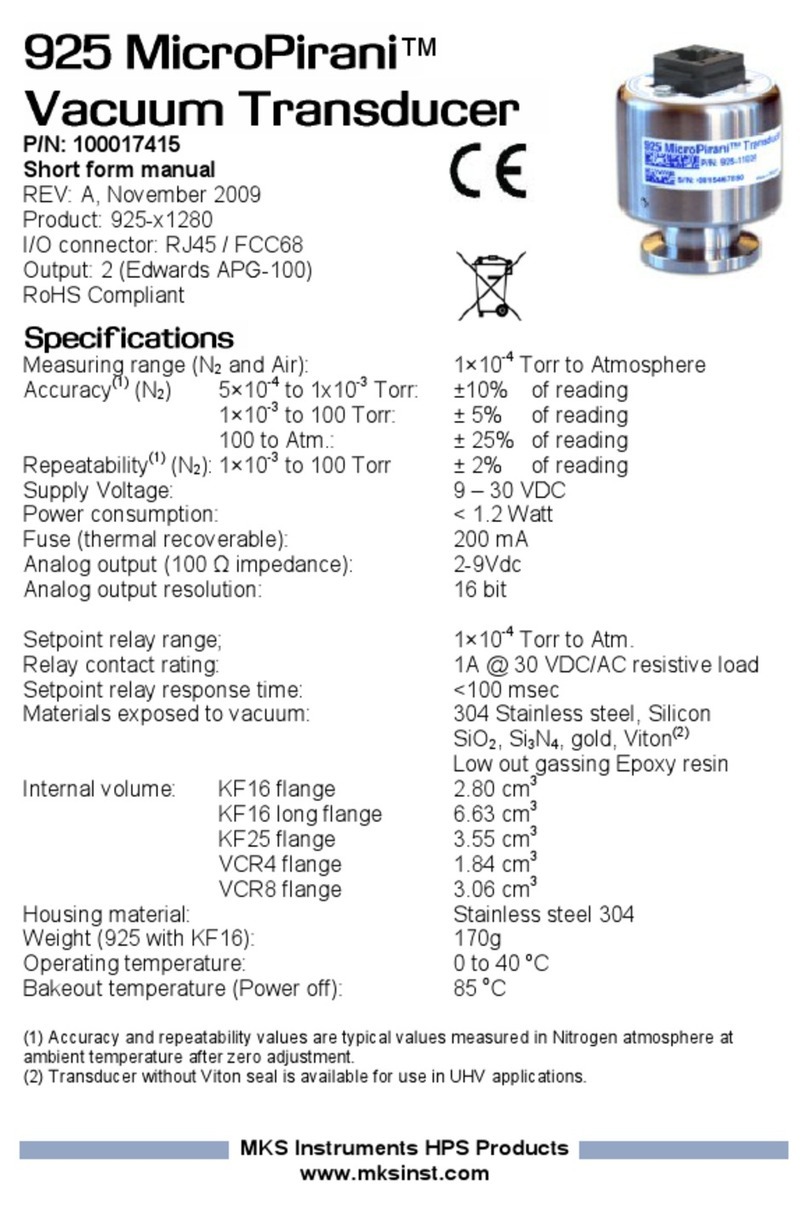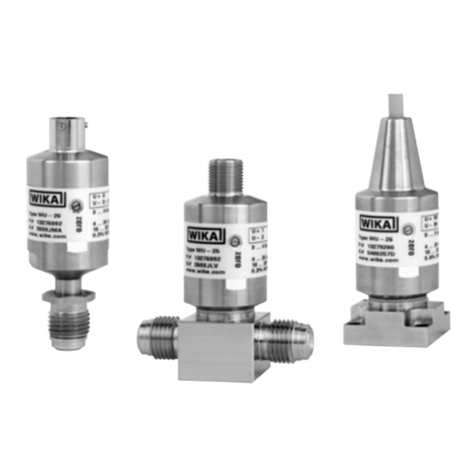
Mounting Location
Guidelines
CAUTION: Do not mount the transducer in line with or near water
intake or discharge openings or behind strakes, fittings, or hull
irregularities that will disturb the water flow.
• The water flowing under the hull must be smooth with a
minimum of bubbles and turbulence, especially at high speeds.
• The transducer must be continuously immersed in water at all
speeds.
• The transducer beam must be unobstructed by the keel or
propeller shaft(s).
• Choose a location away from interference caused by power and
radiation sources such as: the propeller(s) and shaft(s), other
machinery, other echosounders, and other cables. The lower
the noise level, the higher the echosounder gain setting that
can be used.
• Choose a location with a minimal deadrise angle, so the
transducer beam will be aimed at the bottom.
• Choose an accessible spot inside the vessel with adequate
vertical space for the height of the housing, tightening the nuts,
and removing any insert (see the table on page 1).
Boat Types (Figure 1)
•Displacement hull powerboats—Locate amidships near the
centerline. The side of the hull where the propeller blades are
moving downward is preferred.
•Planing hull powerboats—Mount well aft, on or near the
centerline, and well inboard of the first set of lifting strakes to
ensure that the transducer will be in contact with the water at
high speeds. The side of the hull where the propeller blades are
moving downward is preferred.
Outboard and I/O—Mount just forward of the engine(s).
Inboard—Mount well ahead of the propeller(s) and shaft(s).
Stepped hull—Mount just ahead of the first step.
Boat capable of speeds above 25kn (29MPH)—Review the
installation location and operating results of similar boats before
proceeding.
•Fin keel sailboats—Mount on or near the centerline and
forward of the fin keel 300 to 600mm (1–2').
•Full keel sailboats—Locate amidships and away from the keel
at the point of minimum deadrise angle.
Installation
Hole Drilling
Cored fiberglass hull—Follow separate instructions on page 3.
1. Drill a Ø 3 mm or 1/8" pilot hole from inside the hull. If there is a
rib, strut, or other hull irregularity near the selected mounting
location, drill from the outside.
2. Using the appropriate size outside hull hole saw, cut a hole
perpendicular to the hull from outside the boat (see table on
page 1).
Flush housing—Use a countersink tool to make a ‘seat’ in the hull.
3. Sand and clean the area around the hole, inside and outside, to
ensure that the sealant will adhere properly to the hull. If there is
any petroleum residue inside the hull, remove it with either mild
household detergent or a weak solvent (alcohol) before sanding.
Metal hull—Remove all burrs with a file and sandpaper.
Bedding
CAUTION: Be sure the surfaces to be bedded are clean and dry.
Apply a 2mm (1/16") thick layer of marine sealant around the
flange and up the sidewall of the housing (Figure 2). The sealant
must extend 6mm (1/4") higher than the combined thickness of
the hull, washer, any spacer, and the hull nut. This will ensure
there is marine sealant in the threads to seal the hull and to hold
the hull nut securely in place.
Installing
NOTE: Ignore any arrows on the housing, insert, and blanking plug.
1. From outside the hull, push the housing (and cable if applicable)
into the mounting hole using a twisting motion to squeeze out
excess marine sealant (Figure 2).
2. From inside the hull, slide the washer onto the housing.
B117 and P319—Also slide the spacer onto the housing and
rest it against the washer. Do not use the spacer if there is
insufficient space to tighten the nut or it is within 11mm (1/2") of
the top of the housing.
Aluminum hull less than 6mm (1/4")thick—If necessary, use
an additional rubbery, fiberglass, or plastic washer. Never use
bronze because electrolytic corrosion will occur. Never use wood
because it will swell, possibly fracturing the plastic housing.
3. Screw the hull nut in place.
Plastic housing
—If your housing has wrenching flats, do not
clamp tightly possibly causing the housing to fracture.
Plastic hull nut
—
Hand tighten
only. Do not over tighten.
Metal hull nut
—Tighten with slip-joint pliers.
Cored fiberglass hul
l—Do not over tighten, crushing the hull.
Wood hull
—Allow the wood to swell before tightening the hull nut.
4. Remove any excess marine sealant on the outside of the hull to
ensure smooth water flow under the transducer.
Retractable Models Only
1. All the O-rings must be intact and well lubricated to make a
watertight seal. After the marine sealant cures, inspect the
O-rings on the transducer insert (replace if necessary) and
lubricate them with the silicone lubricant supplied.
2. Slide the insert into the housing. Seat the insert into place with a
twisting motion until the key fits into the notch. Be careful not to
rotate the housing and disturb the marine sealant. Screw the cap
nut in place.
Hand tighten
only. Do not over tighten.
D800, DT800—Be sure the insert is fully inserted into the
housing. Screw the cap nut several turns until the threads are
engaged. Continue to tighten the cap nut completely for a
watertight seal. Hand tighten only. Do not over tighten.
2
planing hulls
Figure 1.
full keel sailboats
large displacement hulls small displacement hulls
fin keel sailboats
Best location for transducer
Copyright © 2005 Airmar Technology Corp.
stepped hull
outboard and I/O
